- No products in the cart.
Table Brustan n / v 400 + 325mg film 10 pcs
$3.39
Table Brustan n / v 400 + 325mg film 10 pcs
SKU: 0590047419 Categories: Analgesics, antispasmodics, Medicaments Tags: Ibuprofen + paracetamol, Ranbaxy OTS
Description
Composition
Active substance:
1 tablet contains: ibuprofen 400 mg, paracetamol 325 mg.
Excipients:
Calcium hydrogen phosphate, corn starch, povidone, purified talc, isopropanol, Opadry orange dye 06G53189 (hypromellose 5 cP, hypromellose 15 cP, Titanium dioxide, colorant sunset yellow, macrogol, propylene glycol, sodium lauryl sulfate), purified water.
Description:
Orange, oval, biconvex tablets covered with a foil wrapper printed «RANBAXY» edible black ink inscription on one side.
Product form:
Film-coated tablets: 10 tablets in a blister made of aluminum foil coated with a vinyl chloride polymer film; 1 blister together with instructions for use in a cardboard package.
Contraindications
Hypersensitivity to ibuprofen, paracetamol, acetylsalicylic acid or other NSAIDs, as well as other components of the preparation.
Specifying a history of bronchial attack, urticaria, rhinitis, triggered by reception of acetylsalicylic acid (salicylates) or other NSAIDs (complete or incomplete syndrome intolerance of acetylsalicylic acid: rhinosinusitis, urticaria, polyps, nasal mucosa, bronchial asthma). Period after coronary artery bypass grafting erosive yazvennnoe defeat of the digestive tract, the active gastric bleeding, inflammatory bowel disease, the state of anticoagulation, cerebrovascular haemorrhage, severe renal and / or hepatic insufficiency, confirmed hyperkalemia, pregnancy III Plus, lactation, children under the age of 12 years (this dosage form).
Precautions: congestive heart failure, hypertension, coronary heart disease, cerebrovascular disease, dyslipidemia, diabetes, peripheral arterial disease, smoking, frequent alcohol use, hyperbilirubinemia, liver cirrhosis with portal hypertension, liver and / or renal failure, nephrotic syndrome, pregnancy trimesters I and II, advanced age, lack of glucose-6-phosphate dehydrogenase, peptic ulcer and 12 duodenal ulcer (disorder), gastritis, diseases cr JVI unknown etiology (leukopenia and anemia).
Dosage
400 mg + 325 mg
Indications
Febrile reaction of acute respiratory diseases, flu, postprivivochnyh reactions and other infectious and inflammatory diseases. Pain syndrome weak or moderate intensity, including headache, dental pain, migraine, neuralgia, lumbago, myalgia, fibrositis, tenosynovitis, arthralgia rheumatoid arthritis, osteoarthritis, gout, spondylitis, etc., pain in diseases ENT -organov at. soft tissue injuries and musculoskeletal (sprains, bruises, sprains, fractures, etc.), post-operative pain, tuberculosis.
Interaction with other drugs
Inductors microsomal oxidation (phenytoin, ethanol, barbiturates, rifampicin, phenylbutazone, tricyclic antidepressants) increase the production of hydroxylated active metabolites, increasing the risk of severe hepatotoxic reactions. Inhibitors of microsomal oxidation reduce the risk of hepatotoxicity. Decreases hypotensive activity vasodilators (incl blockers “slow” calcium channel blockers and ACE inhibitors), and natriyuricheskuyu diureticheskuyu- furosemide and hydrochlorothiazide .. Reduces the uricosuric drugs, amplifies the effect of indirect anticoagulant, antiplatelet agents, fibrinolytics (increasing the risk of bleeding complications) , ulcerogenic action bleeding glucocorticosteroids, colchicine, estrogens, ethanol; enhances the effect of oral hypoglycemic drugs and insulin.
Antacids colestyramine and reduce the absorption of ibuprofen.
Increases the blood concentration of digoxin, drugs lithium and methotrexate. Caffeine increases the analgesic effect. When concomitant administration of the active component Brustana – ibuprofen reduces inflammatory and antiplatelet effect of acetylsalicylic acid (ASA) (after the start of ibuprofen may increase the incidence of acute coronary insufficiency in patients receiving as an antiplatelet agent low dose ASA). When administered with anticoagulants and thrombolytic drugs (alteplase, streptokinase, urokinase), serotonin reuptake inhibitors (citalopram, fluoxetine, paroxetine, sertraline) increases the risk of serious gastrointestinal bleeding.
Cefamandole, tsefaperazon, cefotetan, valproic acid, plicamycin increase the incidence hypoprothrombinemia.
Myelotoxic drugs increase the expression gematotoksichnosti drug. Cyclosporine and preparations of gold enhance the effect of ibuprofen on prostaglandin synthesis in the kidneys, which is manifested by increased nephrotoxicity. Ibuprofen increases the plasma concentration of cyclosporine and the likelihood of its hepatotoxic effects.
Drugs that block tubular secretion, reduce excretion and increase the plasma concentration of ibuprofen.
Overdose
Problems of overdose are very rare, however, in case of accidental overdose, seek medical advice immediately. Symptoms: abdominal pain, nausea, vomiting, headache, tinnitus, metabolic acidosis, coma, acute renal failure, decreased blood pressure, bradycardia, tachycardia.
You may experience the development of hepatotoxicity gepatonekroz associated with paracetamol. Treatment: gastric lavage (only one hour after administration), activated carbon, alkaline water, diuresis, administration donators SH-groups and precursors of glutathione synthesis – methionine and N-acetylcysteine. The need for additional therapeutic activities (further administration of methionine, / in administering N-acetyl cysteine) is determined depending on the blood concentration of paracetamol, as well as on the time elapsed after administration. In addition, it shows the symptomatic therapy.
pharmachologic effect
Pharmacological group:
Nonsteroidal anti-inflammatory drug (NSAID) and a non-narcotic analgesic agent.
Pharmacological properties:
Combined preparation. It has analgesic, anti-inflammatory and antipyretic activity. The mechanism of anti-inflammatory action due to inhibition of the activity of ibuprofen cyclooxygenase (COX), followed by suppression of prostaglandin synthesis. Paracetamol – a non-narcotic analgesic, blocking COX mainly in the central nervous system, acting on pain centers and thermoregulation, has analgesic and antipyretic effect.
Pregnancy and breast-feeding
The drug is contraindicated in the III trimester of pregnancy. The use of I and II trimester, the period of lactation should be discussed with your doctor.
Conditions of supply of pharmacies
On prescription.
side effects
In applying the drug side effects are rare, but may cause the following side effects: Gastrointestinal: NSAID gastropathy (nausea, vomiting, heartburn, abdominal pain, constipation, flatulence, loss of appetite, rarely – ulceration of the gastrointestinal mucosa, in some cases complicated by hemorrhage and perforation), irritation or dryness of the oral mucosa, pain in the mouth, gums ulcerated mucous membrane,
Hepato-biliary system: hepatitis. Allergic reactions: skin rash (typically erythematous or urticaria), itching, angioedema, anaphylactoid reactions, anaphylactic shock, bronchoconstriction or dyspnea, fever, erythema multiforme (including Stevens-Johnson syndrome), toxic epidermal necrolysis (syndrome Lyell), eosinophilia, allergic rhinitis. Cardiovascular system: congestive heart failure, tachycardia, increased blood pressure. Central and peripheral nervous system: headache, dizziness, insomnia, anxiety, nervousness and irritability, agitation, drowsiness, depression, confusion, hallucinations, rare – aseptic meningitis (more often in patients with autoimmune diseases). Agencies blood: anemia (including haemolytic, aplastic), thrombocytopenia and thrombocytopenic purpura, agranulocytosis, leukopenia. Respiratory system: dyspnea, bronchospasm. Senses: hearing loss (ringing or noise in the ears), blurred vision (toxic optic neuritis, blurred vision or double vision, dryness and irritation of the eyes, swelling of the conjunctiva and eyelid allergic genesis, scotoma). Urinary system: acute renal failure, allergic nephritis, nephrotic syndrome (edema), polyuria, cystitis. Laboratory parameters: bleeding time, concentration of creatinine in serum, activity of hepatic “transaminase” (may be increased); Glucose concentration in serum creatinine clearance, or gemotokrit hemoglobin (may decrease).
special instructions
drug treatment should be conducted in the minimum effective dose, the lowest possible short course. During treatment requires monitoring picture peripheral blood and functional state of the liver and kidneys. When the symptoms of gastropathy shows careful monitoring, including the holding of esophagogastroduodenoscopy, a blood test with the hemoglobin, hematocrit, analysis of stool for occult blood.
should be combined with drugs prostaglandin E for the prevention of NSAID-gastropathy (misoprostol). Patients should refrain from all activities that require attention, rapid mental and motor responses. During the period of treatment is not recommended intake of alcohol (ethanol). In simultaneous reception with indirect anticoagulants need to control blood clotting.
Storage conditions
Store in a dry, dark place at a temperature not higher than 25 ° C. Keep out of the reach of children.
Dosing and Administration
The drug is taken orally after a meal. Adults and children over 15 years: the drug take 1 tablet 3-4 times a day with an interval of 6-8 hours (not more than 4 times a day). Children 12 to 15 years (body weight 40 kg): 1 tablet 3 times a day. If the fever persists for more than 3 days, you must consult a doctor. The duration of treatment is determined by the doctor depending on the therapeutic effect and the nature of the disease.
Information
Appearance may differ from that depicted in the picture. There are contraindications. You need to read the manual or consult with a specialist
Additional information
| Weight | 0.100 kg |
|---|---|
| Manufacturer | Ranbaxy OTS |

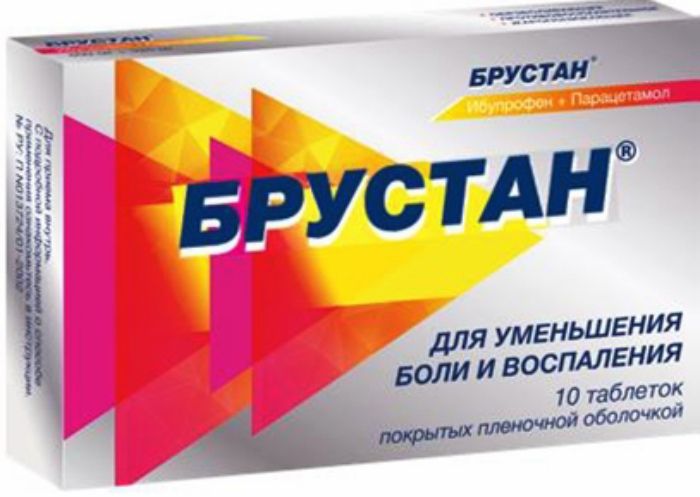
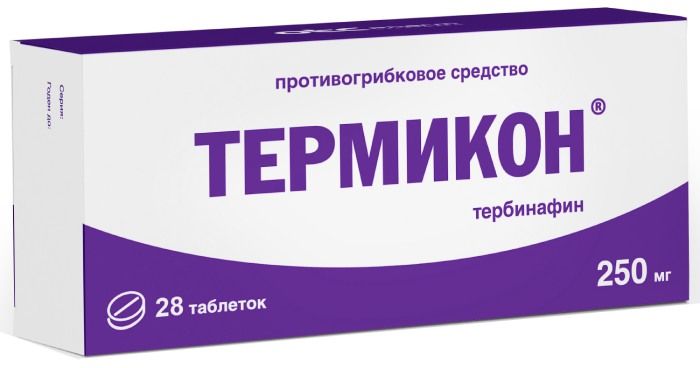
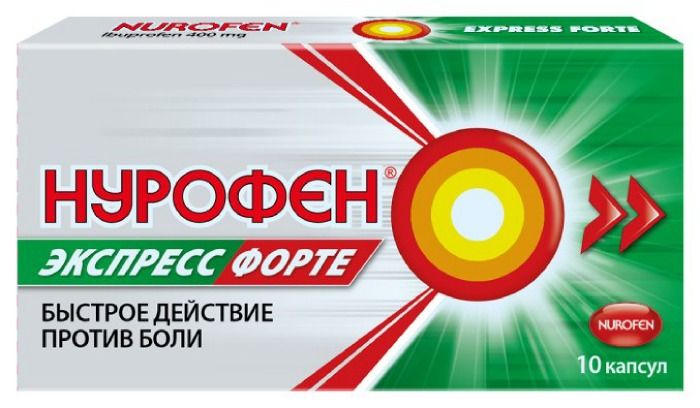
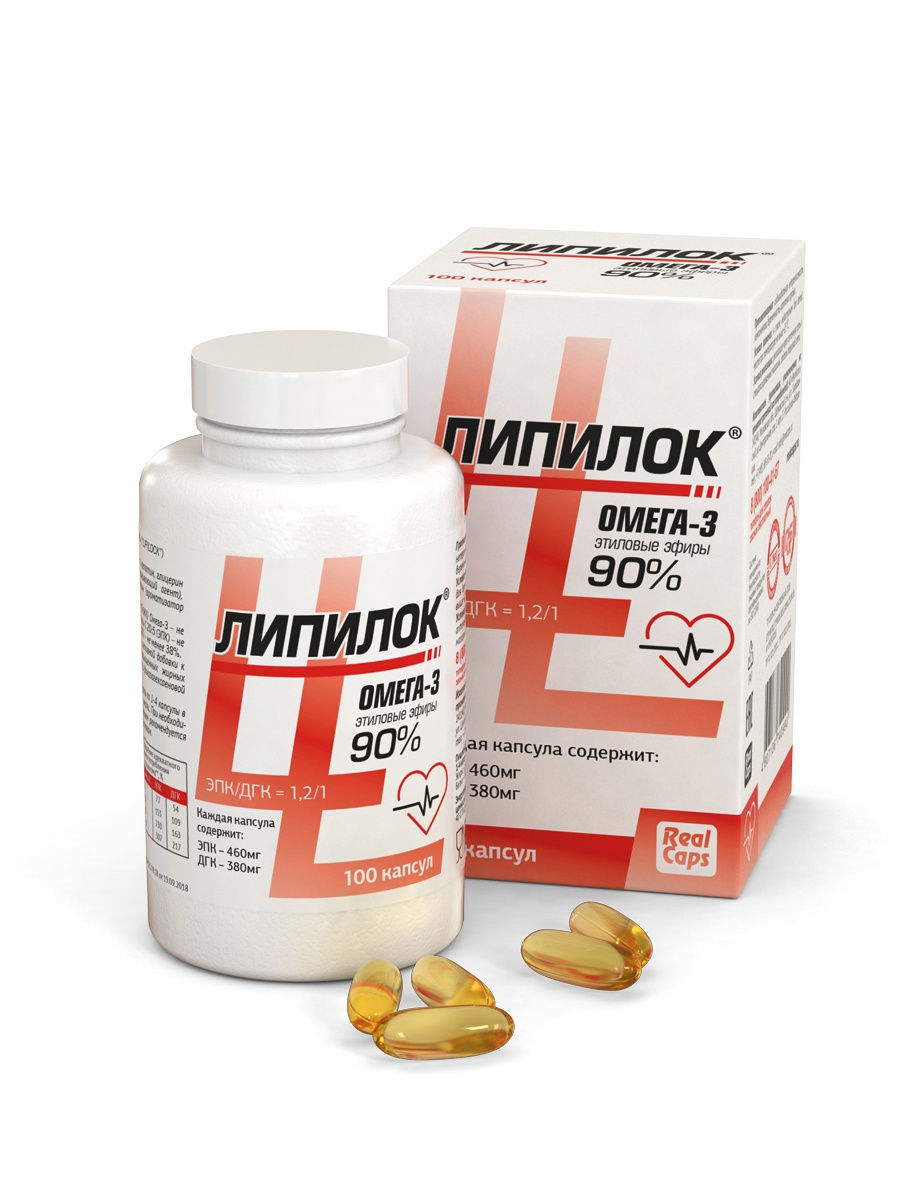
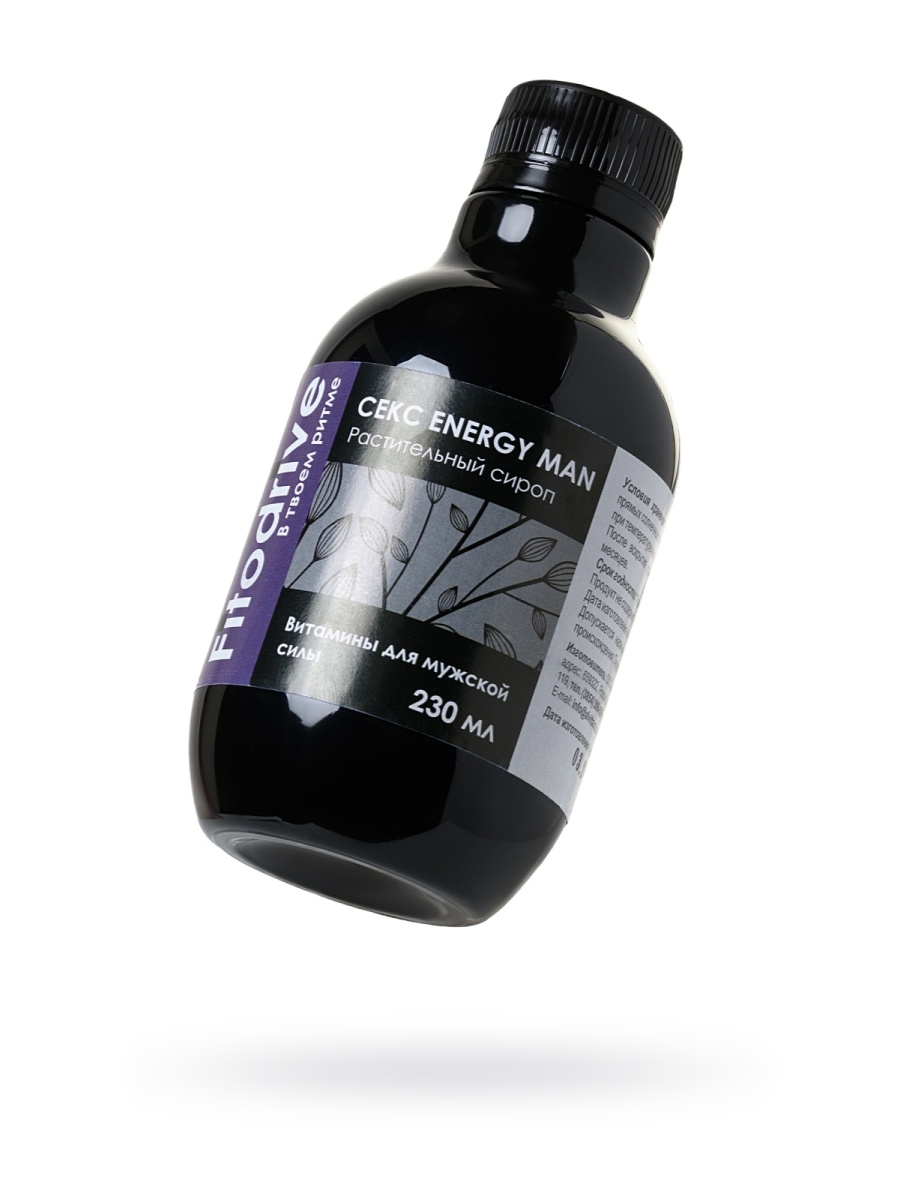
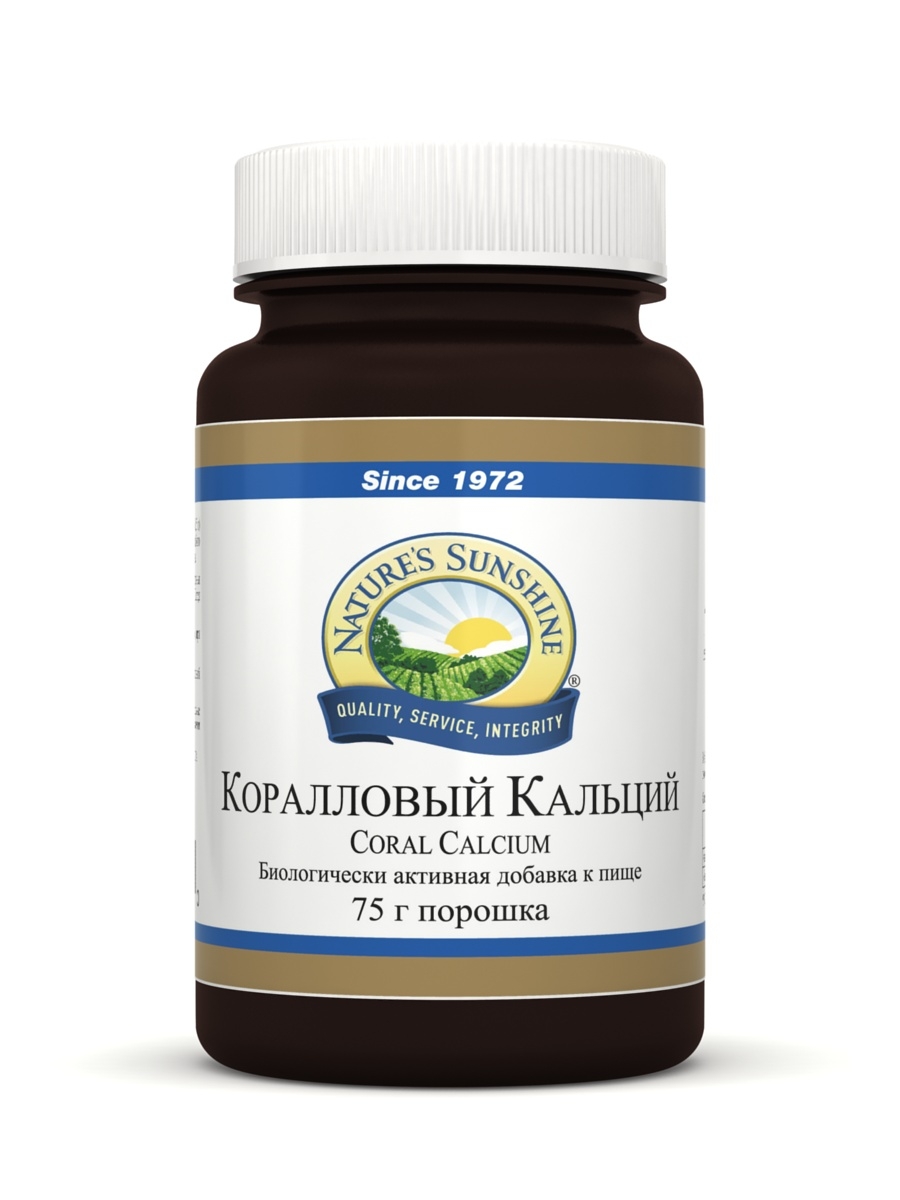
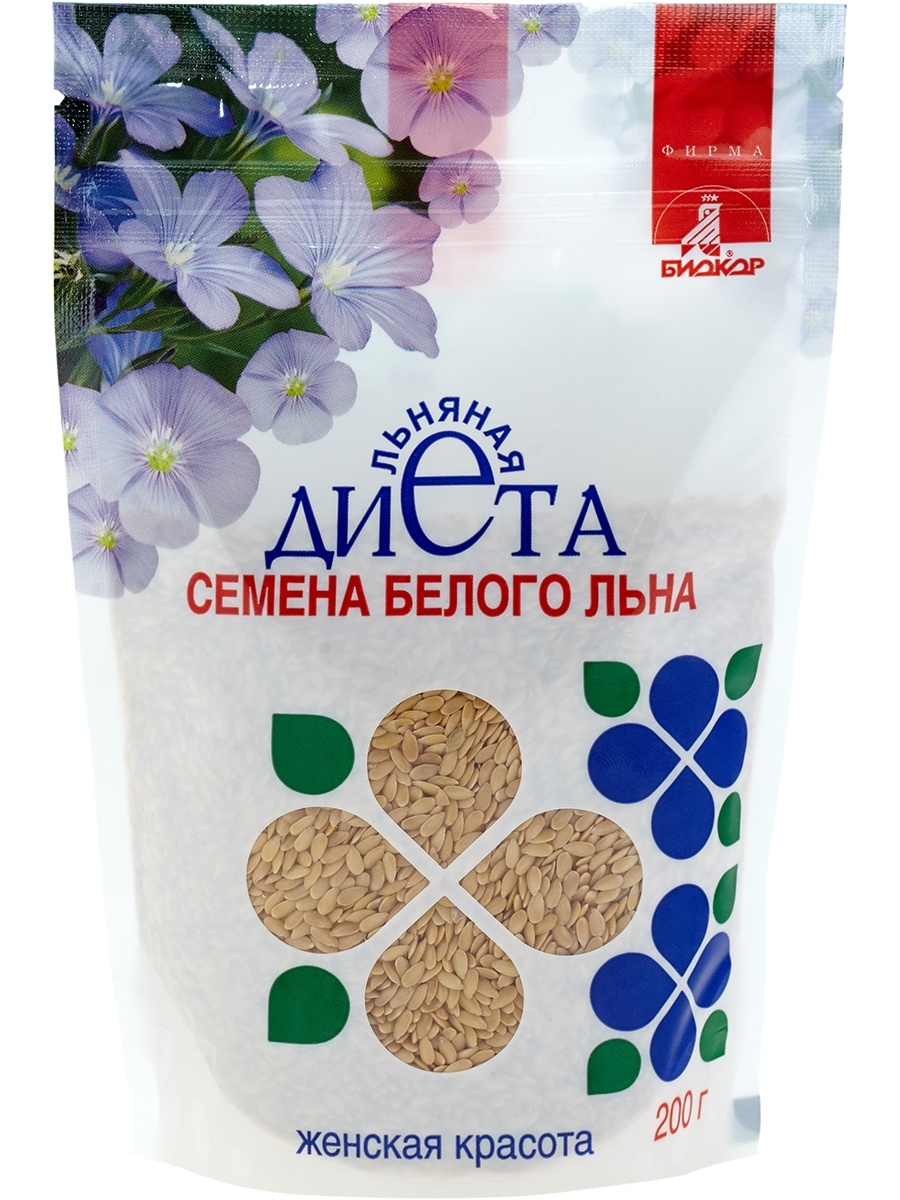

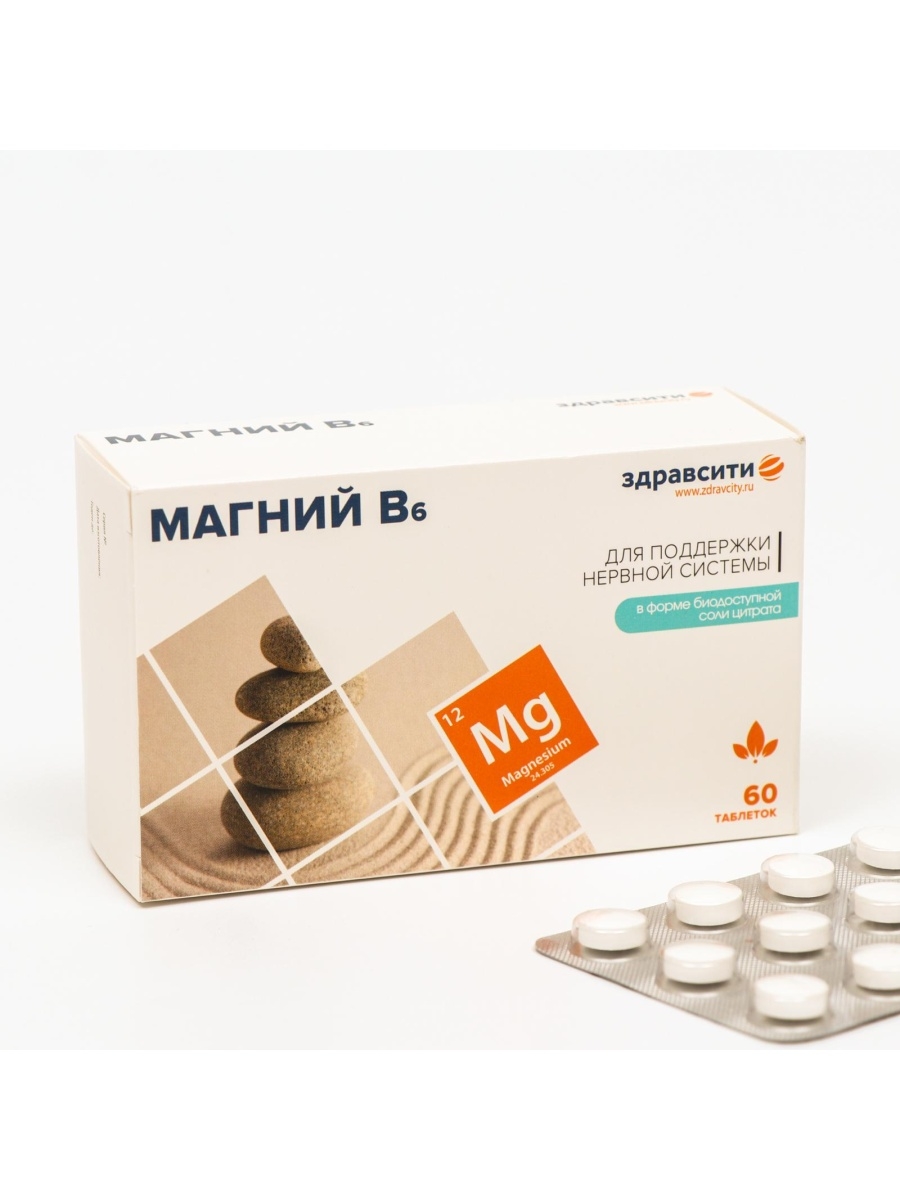




There are no reviews yet.